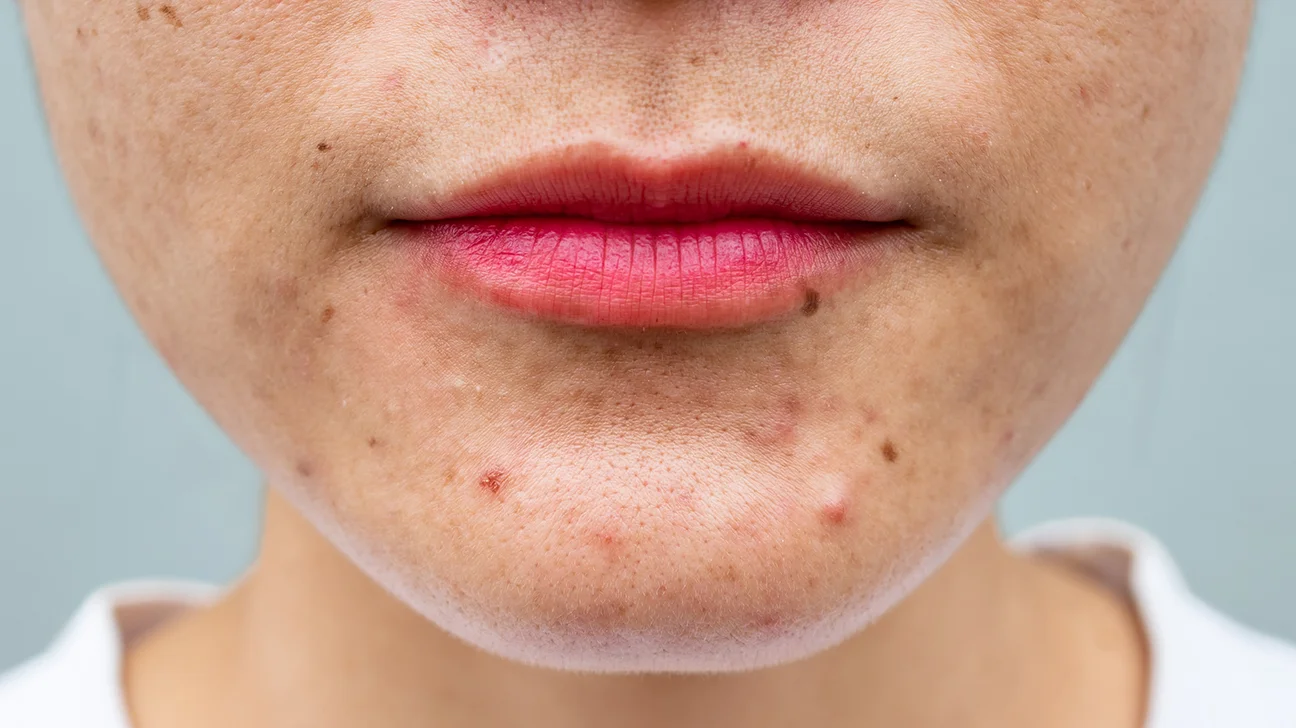While acne is often associated with teenage years, it can persist well into adulthood, affecting approximately 50 million Americans each year, according to the American Academy of Dermatology Association (AAD). Despite its prevalence, hormonal acne remains shrouded in misconceptions, leading to confusion about its causes and treatments.

Identifying Hormonal Acne
Hormonal acne isn’t exclusive to teenagers; it can impact anyone, though it is particularly common among those assigned female at birth. Differentiating hormonal acne from other types of breakouts involves recognizing specific patterns. Typically, hormonal acne appears along the chin and jawline and may coincide with menstrual cycles. However, as Dr. Hadley King, a board-certified dermatologist, explains, the presence of hormonal acne does not necessarily indicate a hormonal imbalance.
Instead, hormonal acne is often the result of normal hormonal fluctuations. These fluctuations can increase oil production in the skin due to the heightened sensitivity of sebaceous glands. Factors such as stress, diet, and lack of sleep can further exacerbate these hormonal shifts. Additionally, research indicates that transgender individuals undergoing gender-affirming hormonal therapy may experience acne due to fluctuating hormone levels.
Effective Treatments for Hormonal Acne
Managing hormonal acne involves a multi-faceted approach, starting with daily cleansing. Consulting a dermatologist is crucial to developing an effective treatment plan tailored to individual needs. Common treatments include topical and oral medications, each targeting different aspects of acne development. One of the latest advancements in acne treatment is clascoterone, a topical cream that has received FDA approval for both men and women. Clascoterone works by inhibiting the skin’s hormones from producing excessive sebum, a key contributor to acne. This medication represents a significant step forward in managing hormonal acne by directly addressing the hormonal factors involved.
For women with persistent hormonal acne, spironolactone is an oral medication often prescribed in conjunction with oral contraceptives. Spironolactone effectively targets acne on the face, chest, and back by influencing hormone levels that contribute to acne formation. This treatment option is particularly beneficial for individuals struggling with stubborn acne that does not respond to other treatments.
:max_bytes(150000):strip_icc()/GettyImages-1314279091-24245c02206549599efbddf5e60fbe7a.jpg)
Hormonal acne is a complex condition that can affect individuals well beyond their teenage years. While commonly linked to hormonal fluctuations, it is crucial to distinguish it from other acne types and understand its specific triggers. By consulting with dermatologists and utilizing targeted treatments such as clascoterone and spironolactone, individuals can manage hormonal acne more effectively. Embracing these advancements and addressing underlying hormonal issues can help alleviate the impact of acne and improve overall skin health.
